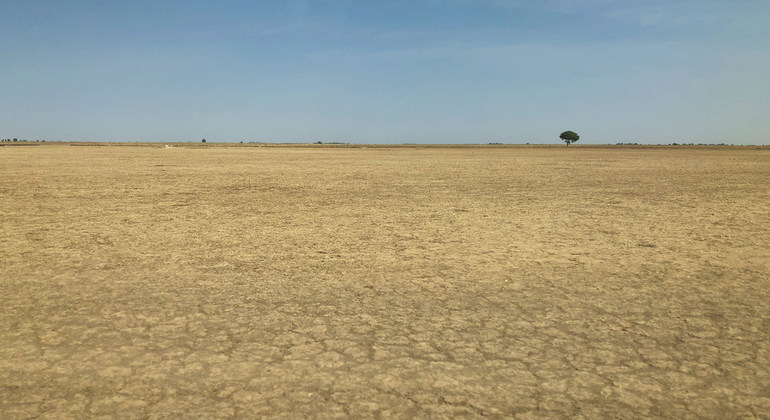Put concisely, we must “invest in land restoration as a way of improving livelihoods, reducing vulnerabilities contributing to climate change, and reducing risks for the economy,” Mr. Ibrahim Thiaw, Executive Secretary of the UN Convention to Combat Desertification (UNCCD) said, speaking on the sidelines of the 14th session of the Conference of the Parties, in New Delhi.
The COP14 summit, which runs through 13 September, hosts ministers, scientists, government representatives, non-governmental organizations, and various community groups from 196 countries, in the hope of agreeing new actions to boost land fertility.
“Land is providing us with 99.7 per cent of the food we eat,” Mr. Thiaw shared in his remarks, “It is also providing us with water we drink – the quality of the water we get is coming from land and its ecosystems,” but, he added, the precious resource is in serious jeopardy.
Last year, 25 countries called for emergency measures following widespread drought, Mr. Thiaw said, and on average, 70 countries are affected by droughts per year. Often the poorest communities are those who bear the brunt; facing depletion of resources and left relying on humanitarian aid.
Land degradation also “has connections with peace and security,” he added, forcing communities to compete for access to land and water, and in some cases, spiralling into conflict.
As the phenomenon of desertification intensifies, a thirsty planet has given rise to forced migration, rising pressures on fertile soil, food insecurity, and financial burdens.
“It is estimated that desertification alone “is generating a loss between 10 and 17 per cent of the global GDP,” Mr. Thiaw lamented.
Poor land health combined with biodiversity loss – exacerbated by the effects of climate change – has given birth to environmental shifts that could force up to 700 million people to migrate by 2050, the UNCCD calculates.
The Conference is expected to agree on about 30 decisions in a bid to ensure the Convention’s goals for 2018-2030 are achieved, as outlined in the Convention’s Strategic Framework—the most comprehensive commitment to achieve Land Degradation Neutrality (LDN).
Parties in attendance will adopt a land degradation declaration to be presented at the upcoming UN Climate Action Summit on 23 September, which will highlight land restoration as part of the solution in combating the climate change scourge.


